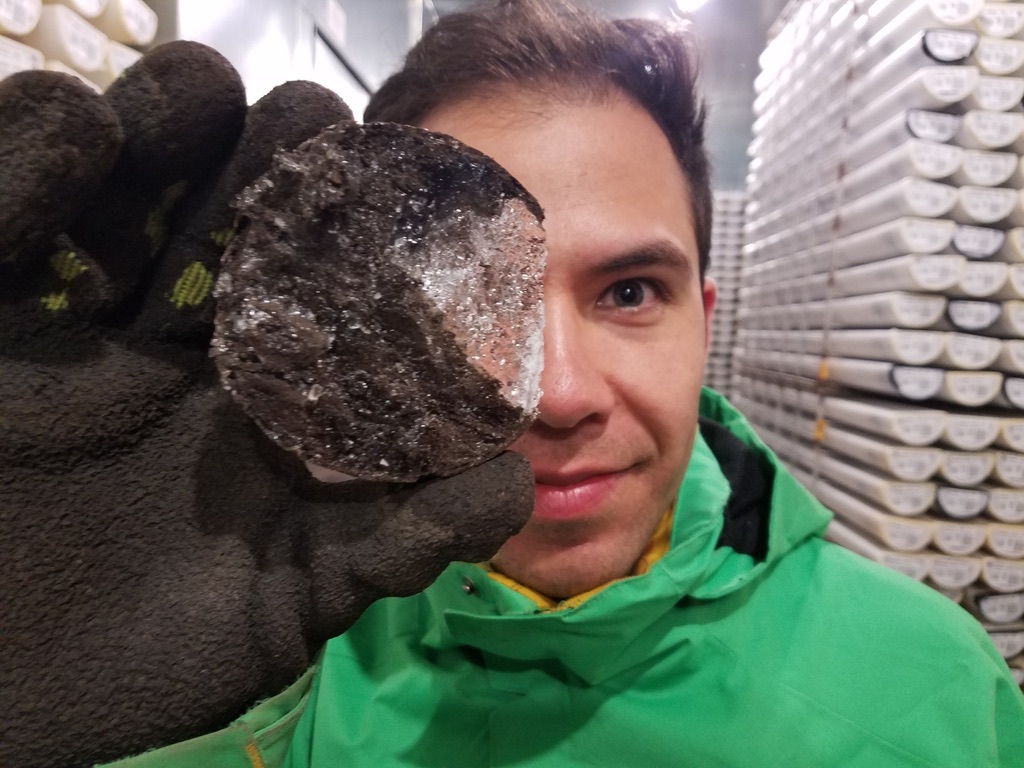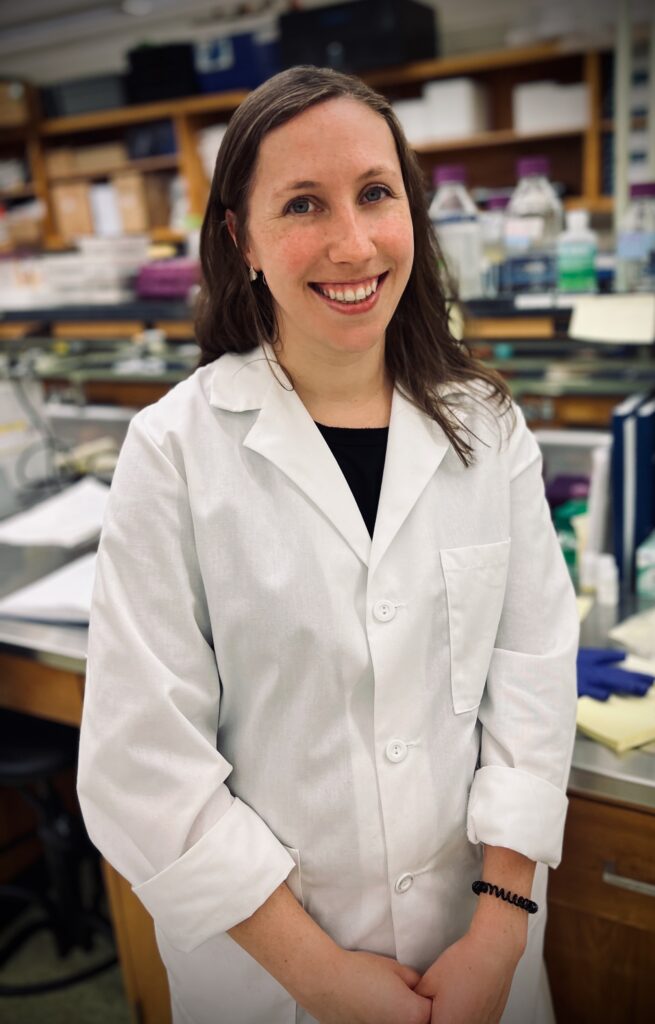There’s a big difference between human time and Earth–or soil–time. It’s what makes climate impacts so difficult to imagine, and climate solutions so challenging to fully realize. Take it from someone who knows: Adrian Gallo has spent the last decade studying the very idea of “permanence.”

Adrian has dug through a lot of dirt. As a recent PhD graduate in soil science, his research focused on the carbon sequestration potentials of soil. Soil holds about twice as much carbon as our atmosphere. If you factor in permafrost (frozen soils in cold regions that are rapidly thawing) then soil holds nearly three times more carbon than both the atmosphere and all vegetation combined. And that’s a lot.
Let’s back up a second for a quick carbon cycle overview: plants use CO2 to produce sugars through photosynthesis. Microbes eat these sugars, inhaling oxygen and respiring CO2, and when plants and soil decay, they release carbon dioxide back into the atmosphere. There’s a delicate balance between soil being a carbon sink (absorbing more carbon than it releases) or a carbon source (the opposite). More carbon dioxide in the atmosphere = more greenhouse gasses; more climate uncertainty.

Soil’s a tricky thing to study. The age of carbon stored in soil ranges widely. Some plant-derived carbon enters the soil and cycles back into the atmosphere in a number of hours, but other soil carbon can remain underground for thousands of years. And around 12,000 years ago (right around the end of the last ice age) soils used to hold nearly 10% more organic carbon than they do now. Most of that carbon loss came along with the spread of industrial agriculture in the last 200 years. If we could regain some of that carbon storage capacity, we’d have a powerful natural climate solution.
Adrian examined soil cores from nearly 40 representative ecosystems across North America. Adrian’s research was unique in not only its depth (at below 30 cm they tested beyond most existing soil research) but also its length (part of a 30 year project).
The findings? First, soil can indeed be a natural climate solution, but only if farmers can be convinced to alter their land management practices in perpetuity. Many land management practices to prevent carbon escape have been largely the same since the Dust Bowl (minimize tilling, plant natural windbreaks, cover crops, etc) but the expense has not made the switch financially worthwhile. To incentivize farmers, the emerging carbon market allows farm managers to get paid for the carbon they store by selling credits to large companies wanting to offset their emissions. It’s an interesting idea, but also plagued with problems. Big corporations are eager to market themselves as more climate friendly, which often leads to greenwashing. But more importantly, there’s a big question over how long this carbon needs to stay in the soil in order for it to count as a credit. It’s easier to motivate a farmer to alter their land management for 30 years–but that’s thinking in human time, not soil time, and that shortsightedness has some dire consequences, even if moving in the right direction. Now try convincing farmers to use these practices for 100 years–still not on the same scale as soil, but certainly getting closer, and an even tougher sell.
Second, much to Adrian’s and the other researchers’ surprise, there seemed to be a homogenizing effect in endmembers of the soil. No matter what plant types grew aboveground, the distribution of plant-end-members was largely the same, from grasslands to mountain ranges. Adrian coined this term “ecosystem inertia” and it’s still not known why exactly this happens.
After a decade of dirt, Adrian is pivoting away from academia and into the renewable energy sector. Tune in this Sunday May 21 at 7pm at 88.7 to hear more about his research and what exactly we can learn from dirt. Learn more about his work here.















